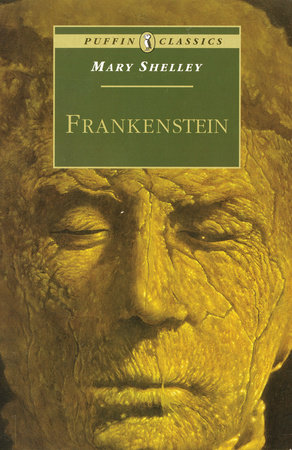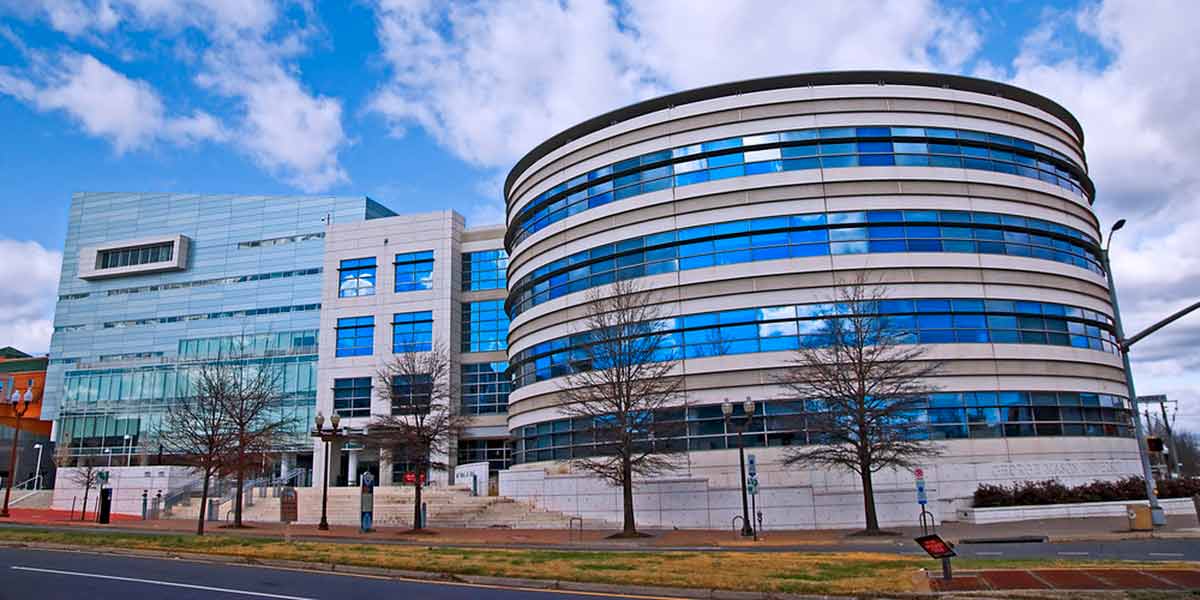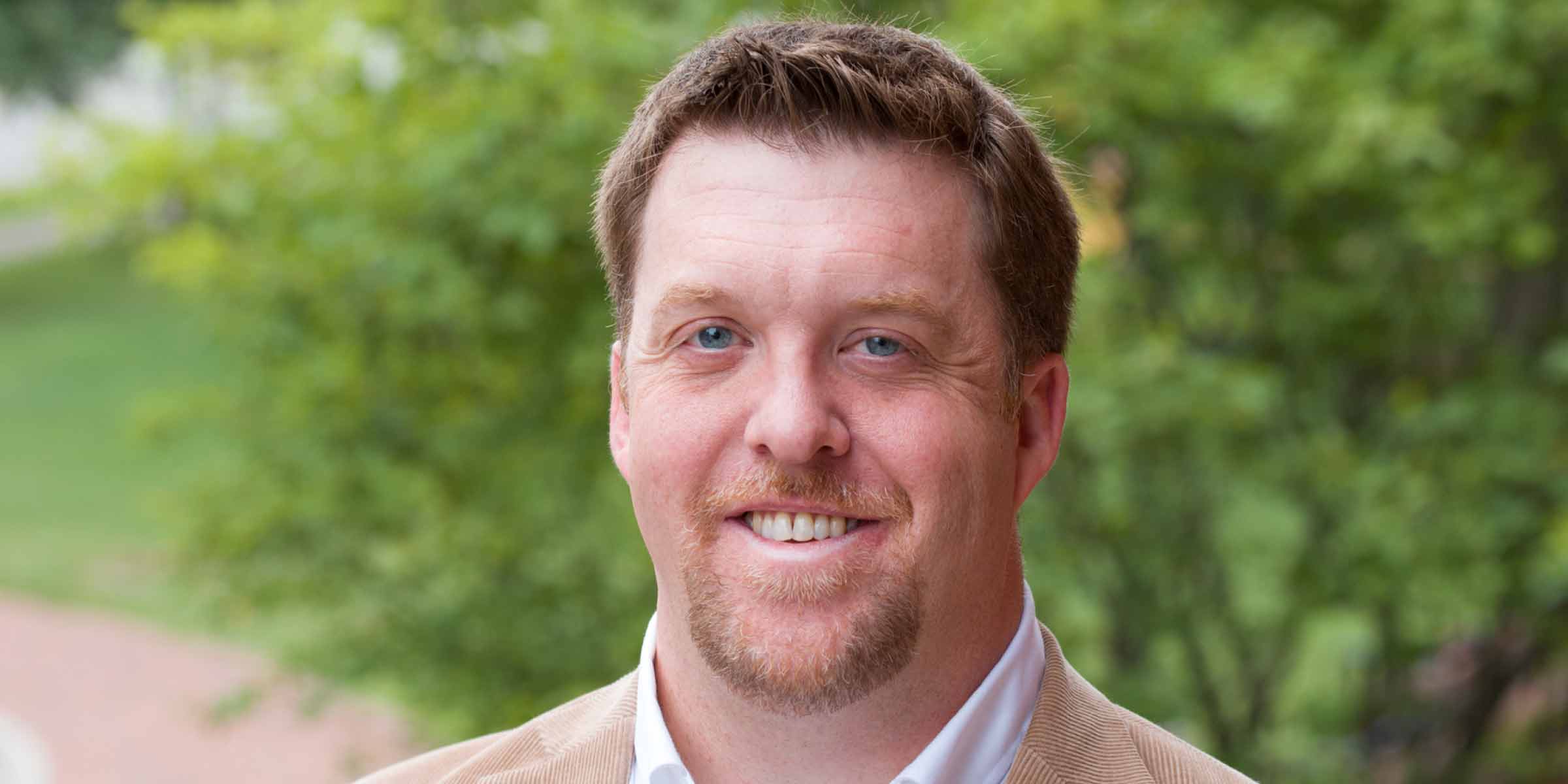Top Hat is the active learning platform that makes it easy for professors to engage students and build comprehension before, during and after class. This interview is part of our recurring series “Academic Admissions” where we ask interesting people to tell us about the transformative role education has played in their lives.
As the Director of Faculty Development at the University of Mississippi, Josh Eyler understands that education can help people create better lives, and he spends a lot of time thinking about how to improve student success. In fact, it’s something he comes by honestly.
Education was an important force early on in his life—the small Pennsylvania town he grew up in treated education as a way to give back to the community—and the roles he had at George Mason University, where he was associate director for the institution’s Center for Teaching and Faculty Excellence, and Rice University, where he helped open a teaching centre, instilled in him the importance of education as a driver of societal change. Currently, he’s focused on a long-term initiative to increase students’ critical thinking skills, and how the thoughtful use of technology can lead to a more productive classroom.
I grew up in Hanover, a small, rural, blue-collar town in Pennsylvania. It’s best known for snack food—they make a lot of chips and pretzels in Hanover. It’s also the kind of place where school was truly valued and education was encouraged, but the pathways presented to us in terms of college and future careers were focused on a couple of primary areas. Being a teacher was one, being a coach was another. The expectation was that after you went off to college and got your education, you would return and contribute to the community. And that’s exactly what I thought I’d do.
Tom Scheivert was my English teacher in Grades 11 and 12, and he not only was inspiring as a teacher, but he inspired the way I think about teaching. He had high standards and he was uncompromising, but he was also kind and focused on helping me grow as a person, as a thinker and as a writer. He made sure I knew that he expected me to go out and continue my education.
New possibilities
I went to Gettysburg College, which is a small liberal arts school in Pennsylvania. It changed my life, absolutely. But the decision to go there had nothing to do with the education on offer. I went because it was 20 minutes from the house where I grew up. Being close seemed important at the time. There was a level of comfort. And when I was a high school junior, I received a small scholarship to the Civil War Institute of Gettysburg College for a week-long summer intensive. The program brought in American Civil War historians to talk about the war as a way to cultivate the next generation of historians: back then I thought I wanted to teach history.
The college was small enough that I was able to develop relationships with professors and with peers that have continued to sustain me intellectually and personally. I majored in English and minored in classical studies. In the beginning, I was totally lost. I didn’t know what office hours were, I didn’t know that faculty were approachable to ask questions. I was also a first-generation college graduate, and I saw the experience in a very utilitarian way: I have to go here to get my degree to do the next thing that I have to do, which is to go back home. And it was really some great experiences in the classroom that opened up my eyes to new possibilities and new directions.
 By far, the most influential person at Gettysburg was Christopher Fee, who is still the medievalist in the English department. He’s an amazing teacher. He was unsparing with critical feedback, but it was in the spirit of developing my ideas, and he made it clear that it was a sign of respect that he covered my papers in comments. I had previously focused on getting good grades and writing the kinds of papers that I thought my teachers wanted me to write, but I never really paid much attention to exploring ideas that I was curious about or fascinated by. Now, having taught writing for 20 years, I can see it’s a common trait for new students.
By far, the most influential person at Gettysburg was Christopher Fee, who is still the medievalist in the English department. He’s an amazing teacher. He was unsparing with critical feedback, but it was in the spirit of developing my ideas, and he made it clear that it was a sign of respect that he covered my papers in comments. I had previously focused on getting good grades and writing the kinds of papers that I thought my teachers wanted me to write, but I never really paid much attention to exploring ideas that I was curious about or fascinated by. Now, having taught writing for 20 years, I can see it’s a common trait for new students.
I clearly remember a Roman history class assignment where I approached the professor during office hours and asked her, “Am I allowed to write what I actually think about this?” It was a silly question, but I don’t know if I had ever done that before. I remember writing an English paper on Frankenstein (right) as the moment where I finally understood what academic writing and the pursuit of academic inquiry was all about. I had an argument. I knew what I wanted to say and how I was going to prove it.
A watershed moment
With a few nudges from Christopher Fee, graduate school was the next move. I decided to pursue medieval literature at the University of Connecticut, which is one of the best decisions I think I’ve ever made. The community there of both students and faculty was amazingly generous, supportive, warm and kind. That’s where I went from a kid who didn’t know what he wanted to do and was kind of floundering around in college, to someone who thought of himself as a burgeoning scholar and teacher.
Many graduate programs in English require grad students to teach freshman writing, and the first year writing program at UConn prides itself on developing effective teachers. I was invited to be a part of a wonderfully supportive ongoing community of people who loved teaching and who really wanted to talk about it and try new things. They emphasized from day one that our role was to help students develop their ideas and support their intellectual journey. We talked a lot about, “How do we help students develop as thinkers? How do we help them take the seeds of their ideas and really bring those ideas to fruition, and how do we help them communicate that in writing?”
As I was finishing my graduate work, Ken Bain’s seminal What the Best College Teachers Do came out, and I devoured it. I still have my first copy, which is heavily dogeared and annotated. It opened my eyes to the fact that there were things called teaching centers and people could build careers within them. I decided I wanted to eventually work with people from across disciplines on how to be a better teacher, and to have an impact on students and on the institution. That was a watershed moment.
Having an impact
In 2006, I took my first faculty position at Columbus State University in Georgia, which is a mid-sized, regional, comprehensive university. They have an open-access policy to the surrounding counties in Alabama and Georgia, including Fort Benning, which is the largest army training facility in the United States. There are a lot of veterans and a lot of active duty soldiers in the student population. So in other words, a huge diversity of students. And I loved the teaching there.
I realized that what I wanted to do was have an impact at the institutional level, and therefore help more students succeed across the board. I saw the absolute necessity of having a range of teaching approaches. The difference that good teaching made was palpable on that campus. It was almost like a crucible for the power and purpose of education, in many ways.
I got tenure, but I decided that wasn’t the path for me. It was a difficult decision. I also recognize that it’s not the kind of decision that everyone can make. It was a leap of faith I was willing to take because I believed in the possibility of the work. And I’m fortunate enough to be married to a woman, Kariann Fuqua—an artist and faculty member at the University of Mississippi, who also really believes in the power of education and was willing to take that leap of faith as well. Our careers have not been linear. I think less about what the next step is and more about what is the next challenge or problem that I can help to solve.

George Mason University, Arlington, Virginia. Photo: Ron Cogswell, CC BY-2.0
That decision led me to George Mason University in 2011, where I was associate director of the Center for Teaching and Faculty Excellence for two years. There were three important things that I learned there. The first was becoming more familiar with the habits of mind and, most especially, the teaching strategies of disciplines outside of the humanities. The second hugely important thing that I learned was from Kim Eby, who was both the director of the teaching center and associate provost. She made me understand that much of the work of teaching and learning is just listening to people—understanding where they’re coming from and their perspective as a way to work together to move the conversation forward. The work depends on relationships and social capital; without that, nothing can happen. Or at least nothing sustainable. The third thing eventually led to the writing of my book, How Humans Learn—which explores the science of how people learn—and that was leaning into why certain teaching strategies work.
Creating better lives
In 2013 there was an opening at Rice University in Houston, Texas, where they were starting a brand new teaching center. That was an interesting prospect because I believe that teaching centers have the capability both to create excellent programming for their own institutions and to affect the national conversation on teaching and learning. Plus, the whole initiative was spearheaded by a group of faculty who are some of the most respected teachers on that campus.
I’m proud of the work that we did there. We put together an umbrella institutional research board protocol for teaching research, which just really means that we streamlined the process for any faculty who wanted to do research on their teaching. We also started a graduate certificate in teaching and learning for PhD students that was accredited. That’s still going strong and I think it’s affected the future faculty—the grad students that left Rice and have now gone on to other careers in academia and beyond.
I don’t think that students today are all that different or have changed that much… What has changed is the environment in which our students have grown up in with respect to technology.
I’ve always believed that education is a tool for helping people to create better lives. And the University of Mississippi’s mission aligns perfectly with that. It’s a university I’ve always admired and respected for the change that it is invested in making in the community and the nation as a whole and the work that it does for students. So when the Director of Faculty Development position opened up in early 2019, I made the move. Once I set foot on this campus, I got this feeling that we were all working together to help students succeed and to make higher education a little bit better.
For the next five years, we’re focused on an initiative to enhance critical thinking skills for students in their first and second year—one of the great unsolved puzzles of education. And here’s the thing: this may make me an outlier, but I don’t think that students today are all that different or have changed that much. I think that they’re still the amazing, wonderful human beings that we saw 10 years ago, 20 years ago, 30 years ago. What has changed is the environment in which our students have grown up in with respect to technology. And I don’t see this as a negative, but rather an opportunity to think about how we can use that technology productively in the classroom. And in many ways, they’re the experts that can help us figure out the technological part so that we can bring the pedagogical and content expertise.
The spotlight most often thrown on technology is its capability of distracting people. I take that with a huge grain of salt, maybe in part because I’m a medievalist and I know that students have been distracted in universities for literally a thousand years. By and large, technology’s just a new distractor. And I think it’s much more of an opportunity than it is a problem, although I do also recognize that we need to work with students to come up with classroom norms that are going to take into account the productive use of technology.
The other change that I do want to mention, though, is entirely a positive one. These students are committed to social activism and to working with other people and collaborating in ways that I’ve never seen before. It creates a new kind of environment for the classroom that I think is really vibrant. Certainly there are problems that need to be solved in education, but my own approach has always been that we can’t allow ourselves to succumb to doom and gloom. The solution is optimism and working together.


